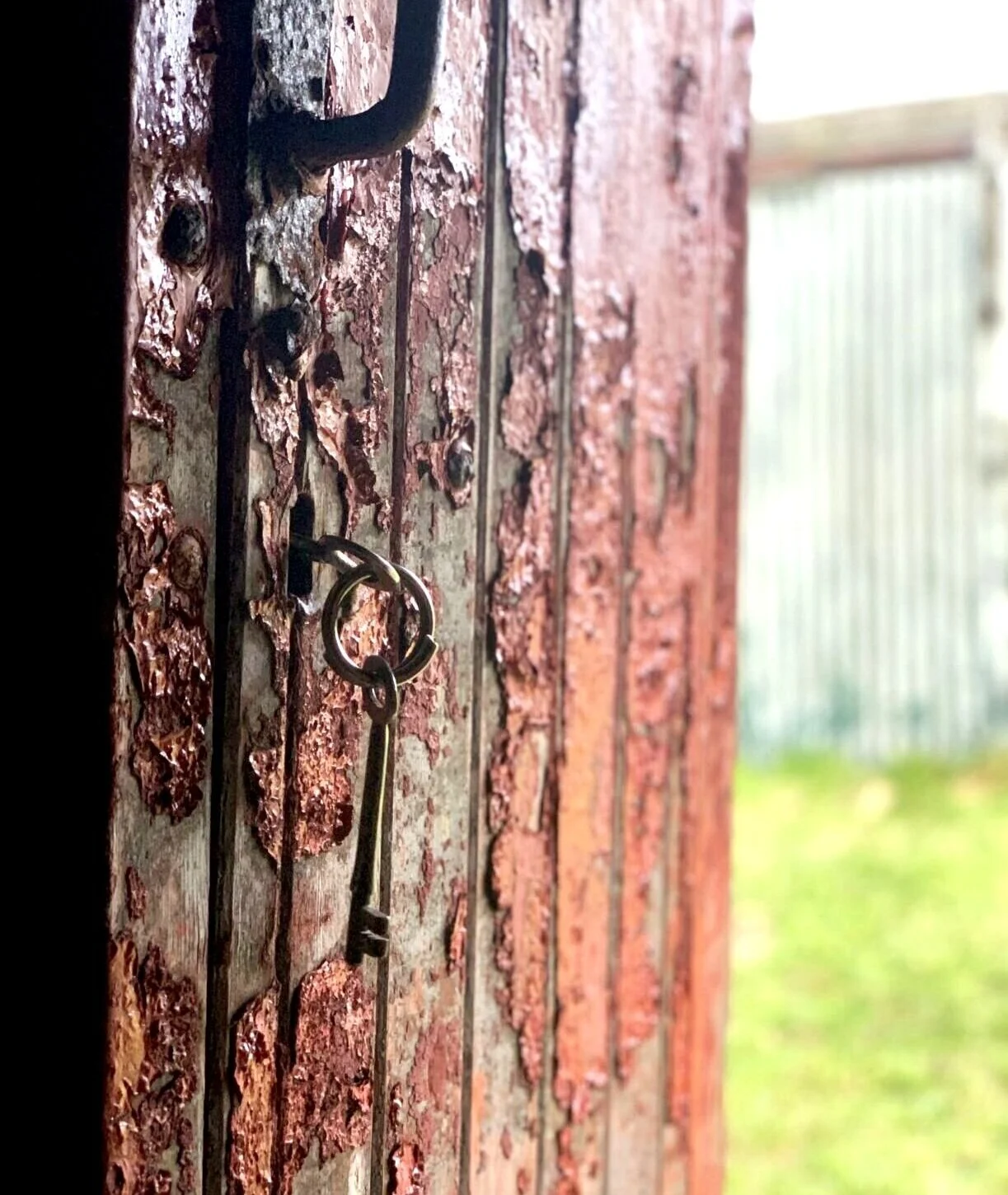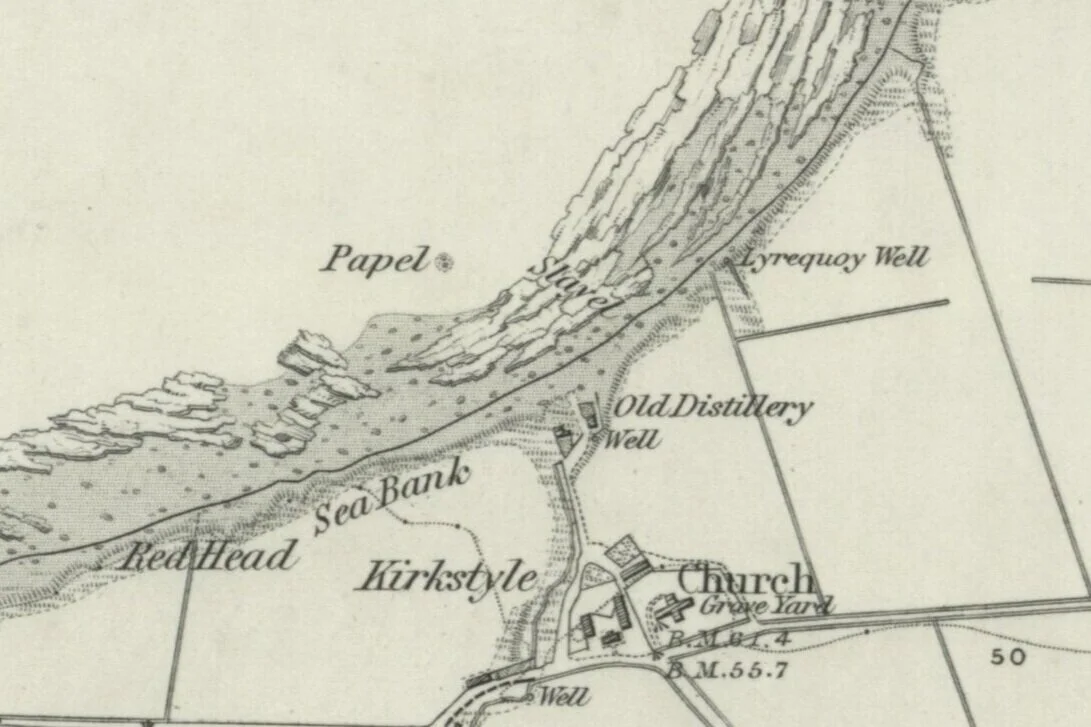Why 8 Doors Distillery?
Our name is inspired by the legend surrounding Jan De Groot - the man that John O’Groats takes it’s name from. In particular the house he built on the site which is now marked by a mound near the John O’Groats house hotel, a short distance from our distillery.
Jan De Groot, the Dutchman from which John O’Groats takes its name, came to the area during the reign of James IV. He ran the ferry from the Scottish mainland to Orkney for the price of one Groat (around 2p). He had seven sons and legend has it that they were arguing about who should sit at the head of the table during family gatherings.
To avoid family conflict Jan built an octagonal house with each of the eight sides having a separate door and window, one for each of his sons and himself. Each door led to the centre of the house where there was an eight sided table. As no one person could occupy the head of the table this stopped the arguments and gave us a great name for our distillery!
Why 874 Club?
Our 874 Founders Club is named after the distance by road between Land's End and John O' Groats, the whole length of Great Britain.
Why John O’Groats?
We can’t think of anywhere better than John O’Groats to make whisky. Partly thanks to the climate which is perfect for whisky maturation and also due to the great people who live in and visit the area.
John O’Groats is the most northerly settlement on the UK mainland and will soon lay claim to hosting the most northerly distillery too.
Famous as part of the Land’s End to John O’Groats iconic 874 mile journey through the length of the UK it is a small coastal village with panoramic views across the Pentland Firth.
Distilling history in John O’Groats
The original still
Distilling in Caithness was widespread for centuries and John O’Groats was no exception. Amongst the reportedly illicit stills in the county, a legal whisky distillery in John O’Groats was founded by James and George Sutherland in 1826. The distillery was built at Kirkstyle on the waters edge behind Canisbay Kirk.
* Map reproduced with the permission of the National Library of Scotland
Early distilling methods
The distillery had its own well, cereal drying plant and a malting kiln for the Bere Barley that would have been used to create the mash. Bere was the staple of Caithness cropping until the end of the 18th century. Local hand dug peat would have been used for all the distillery heating requirements.
Costly copper
Records from 1837 suggest that the stills and associated copper works were valued at 135 pounds, 8 shillings and 11 pence as part of winding up the business at that time. The reason for the distillery closing that year is not clear. All that remains are a few scattered ruins.
With thanks to Bill Mowat for providing information on the old distillery. Read more in our Blog.






